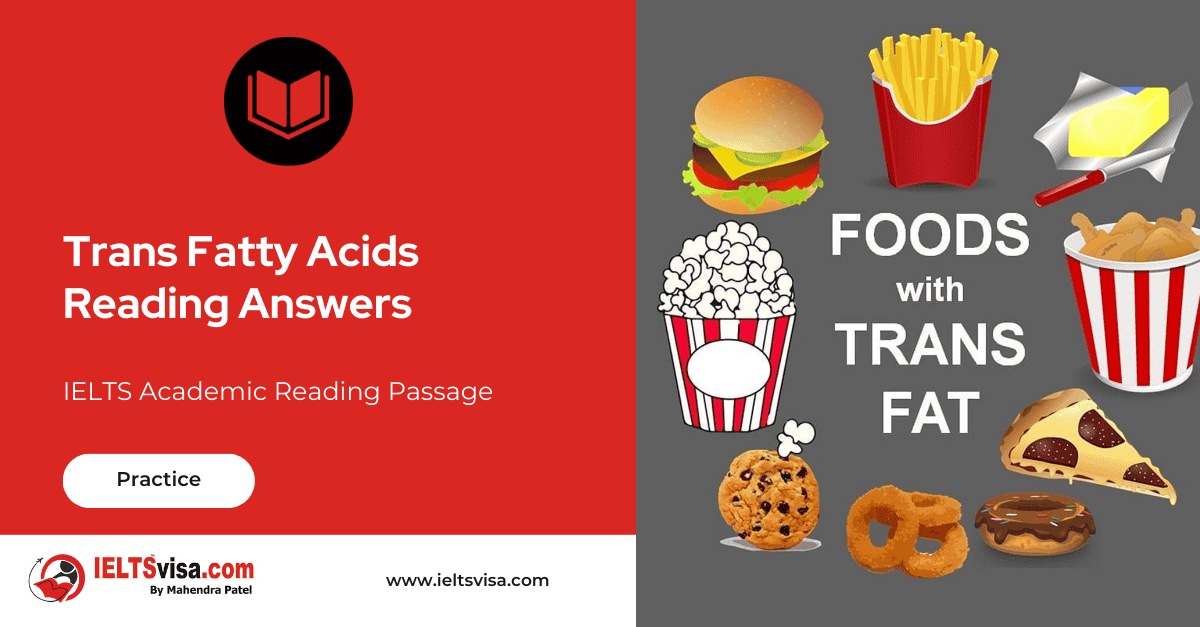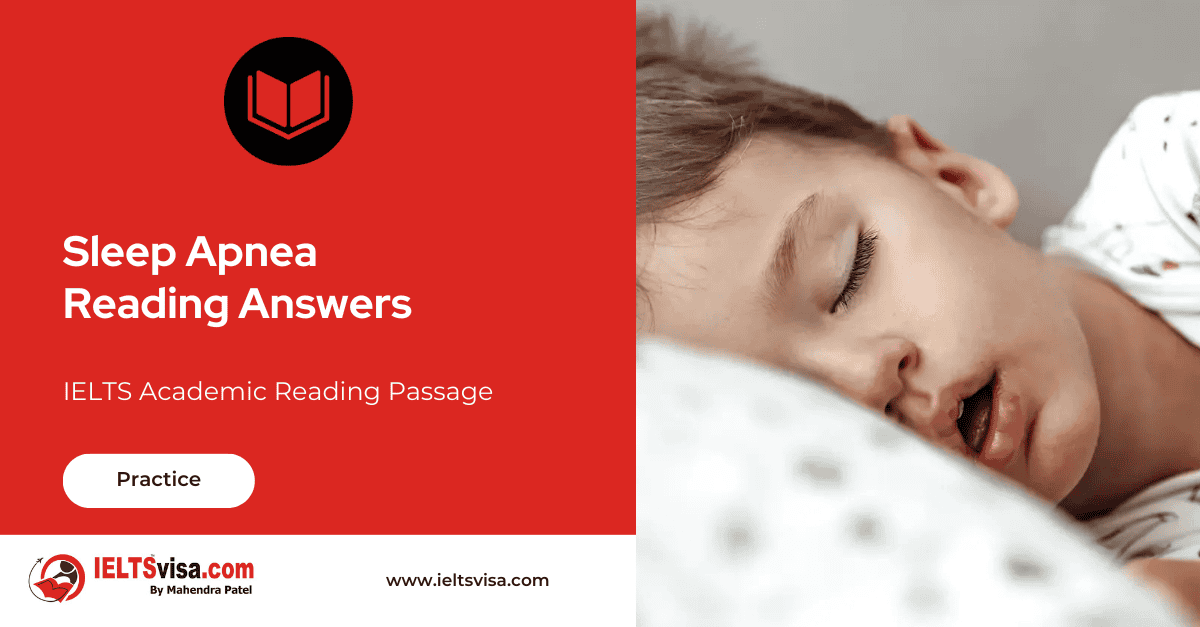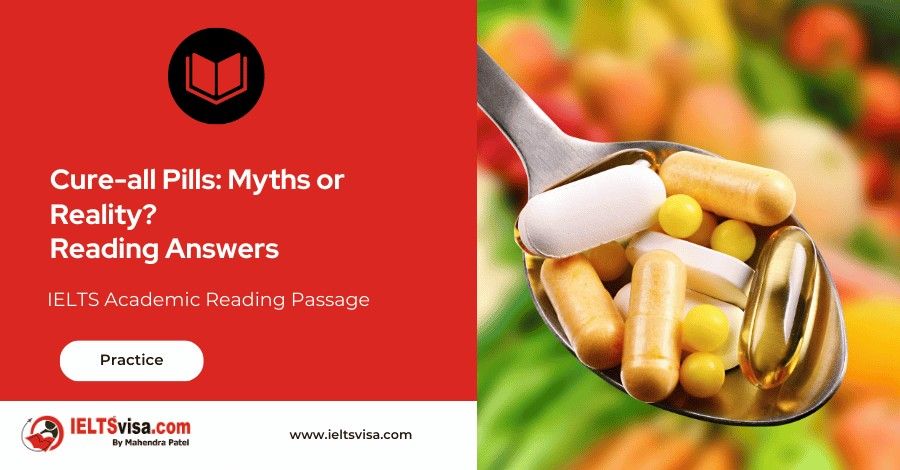Trans Fatty Acids Reading Answers
IELTS Academic Reading Passage
A recent editorial in the British Medical Journal (BMJ), written by researchers from the University of Oxford, has called for food labels to list trans fats as well as cholesterol and saturated fat.
Trans fats (or trans fatty acids) are a type of unsaturated fatty acid. They occur naturally in small amounts in foods produced from ruminant animals e.g. milk, beef and lamb. However, most of the trans fatty acids in the diet are produced during the process of partial hydrogenation (hardening) of vegetable oils into semi-solid fats. They are therefore found in hard margarines, partially hydrogenated cooking oils, and in some bakery products, fried foods, and other processed foods that are made using these.
Trans fatty acids have an adverse effect on certain chemicals, known as lipids, which are found in the blood and have been shown to increase the risk of heart disease. They also increase LDL-cholesterol (the ‘bad cholesterol’) and decrease HDL-cholesterol (the ‘good cholesterol’). They may also have adverse effects on cardiovascular disease risk that are independent of an effect on blood lipids (Mozaffarian et al. 2008).
In a recent review of prospective studies investigating the effects of trans fatty acids, a 2% increase in energy intake from trans fatty acids was associated with a 23% increase in the incidence of heart disease. The authors also reported that the adverse effects of trans fatty acids were observed even at very low intakes (3% of total daily energy intake, or about 2-7g per day) (Mozaffarian et al. 2006).
However, in this recent review it is only trans fatty acids produced during the hardening of vegetable oils that are found to be harmful to health. The public health implications of consuming trans fatty acids from ruminant products are considered to be relatively limited.
Over the last decade, population intakes of trans fatty acids in the UK fell and are now, on average, well below the recommended 2% of total energy set by the Department of Health in 199), at 1.2% of energy (Henderson et al. 2003). This is not to say that intakes of trans fatty acids are not still a problem, and dietary advice states that those individuals who are in the top end of the distribution of intake should still make efforts to reduce their intakes.
Currently, trans fatty acids in foods are labelled in the USA, but not in the UK and Europe. The UK Food Standards Agency (FSA) is in favour of the revision of the European directive that governs the content and format of food labels so that trans fatty acids are labelled. This should enable consumers to make better food choices with regard to heart health (Clarke & Lewington 2008).
Recognising the adverse health effects of trans fatty acids, many food manufacturers and retailers have been systematically removing them from their products in recent years. For example, they have been absent for some time from major brands of margarine and other fat spreads, which are now manufactured using a different technique. Also, many companies now have guidelines in place that are resulting in reformulation and reduction or elimination of trans fatty acids in products where they have in the past been found, such as snack products, fried products and baked goods. Consequently, the vast majority of savoury biscuits and crisps produced in the UK do not contain partially hydrogenated oils. Similarly, changes are being made to the way bakery products are manufactured. For example, a leading European manufacturer of major brands of biscuits, cakes and snacks has recently announced that these are now made without partially hydrogenated vegetable oils, a transition that began in 2004. Alongside these changes, the manufacturer has also reported a cut in the amount of saturates. It is clear that a major technical challenge in achieving such changes is to avoid simply exchanging trans fatty acids for saturated fatty acids, which also have damaging health effects.
Foods that are labelled as containing partially-hydrogenated oils or fats are a source of trans fatty acids (sometimes ‘partially-hydrogenated’ fats are just labelled as ‘hydrogenated fats). These foods include hard margarines, some fried products and some manufactured bakery products e.g. biscuits, pastries and cakes.
It is important to note that intake may have changed in the light of reformulation of foods that has taken place over the past six years in the UK, as referred to earlier. Furthermore, the average intake of trans fatty acids is lower in the UK than in the USA (where legislation has now been introduced). However, this does not mean there is room for complacency, as the intake in some sectors of the population is known to be higher than recommended.
Questions 1-7
Do the following statements agree with the information given in Reading Passage?
TRUE if the statement agrees with the information
FALSE if the statement contradicts the information
NOT GIVEN if there is no information on this
1 Trans fatty acids are found in all types of meat.
2 Health problems can be caused by the consumption of small amounts of trans fatty acids
3 Experts consider that the trans fatty acids contained in animal products are unlikely to be a serious health risk.
4 In Britain, the intake of trans fatty acids is continuing to decline.
5 The amount of saturated fats in processed meats is being reduced by some major producers.
6 It is proving difficult to find a safe substitute for trans fatty acids
7 Some people are still consuming larger quantities of trans fatty acids than the experts consider safe.
Questions 8-13
Complete the sentences below.
Choose NO MORE THAN THREE WORDS from the passage for each answer.
8 Scientists at Oxford University propose that information about trans fatty acid should be included on …………………………..
9 In food manufacture, the majority of trans fatty acid is created when …………….. are solidified.
10 The likelihood of a person developing ……………………..is increased by trans fatty acid consumption.
11 In the UK, the …………………………… established a limit for the daily consumption of trans fatty acids.
12 Partially hydrogenated oils are no longer found in most UK manufactured salty …………….
13 Consumption of trans fatty acids in……………………is now higher than in the UK.

Solution For: Trans Fatty Acids
Reading Answers
| 1. False | 2. True | 3. True | 4. Not Given |
| 5. Not Given | 6. True | 7. True | 8. Food labels |
| 9. Vegetable oils | 10. heart disease/cardiovascular disease | 11. department of health | 12. biscuits and crisps (in either order) |
| 13. (the) USA |
Review and Practice
- Regularly practice with IELTS reading samples and time yourself to get used to the pressure of the exam.
- Review your mistakes to understand where you went wrong and how to avoid similar errors in the future.
Our Books
Master IELTS Speaking Part 1
IELTS Writing Task 1 Book
IELTS Writing Task 2 Book
Trans Fatty Acids Reading Answers Explanation
Comin Soon
Practice IELTS Other Modules
IELTS Listening
The IELTS Listening test assesses how well you can understand spoken English in various contexts. It lasts about 30 minutes and is divided into four sections with a total of 40 questions. The listening tasks become increasingly difficult as the test progresses.
IELTS Academic Reading
The IELTS Academic Reading section assesses your ability to understand and interpret a variety of texts in academic settings. It is designed to evaluate a range of reading skills, including skimming for gist, reading for main ideas, reading for detail, understanding inferences, and recognizing a writer's opinions and arguments.
IELTS Speaking
The IELTS Speaking test assesses your ability to communicate in English on everyday topics. It lasts 11-14 minutes and consists of three parts: introduction, cue card, and a discussion based on the cue card topic.
IELTS General Reading
IELTS General Reading tests your ability to understand and interpret various types of texts. Here are some key areas and types of content you can expect to encounter in the reading section, along with tips for effective preparation.
IELTS Academic Writing Task 1
In IELTS Academic Writing Task 1, you are presented with a visual representation of information, such as graphs, charts, tables, or diagrams, and you are required to summarize, compare, or explain the data in your own words.
IELTS General Writing Task 1
In IELTS General Writing Task 1, you are required to write a letter based on a given situation. The letter can be formal, semi-formal, or informal, depending on the prompt. Here’s a breakdown of the key components to include in your letter
IELTS Academic Writing Task 2
In IELTS Academic Writing Task 2, you are required to write an essay in response to a question or topic. Here’s a guide to help you understand the essential elements of this task
IELTS Exam Tips
To succeed in the IELTS exam, practice regularly, familiarize yourself with the test format, improve your vocabulary, develop time management skills, and take mock tests to build confidence.
Grammer for IELTS
Grammar is the foundation of effective communication in English. Understanding tense usage, subject-verb agreement, and sentence structure enhances clarity and coherence in writing and speaking.
Vocabulary for IELTS
Vocabulary plays a crucial role in the IELTS (International English Language Testing System) exam, especially in the Speaking and Writing sections. Here’s an overview of why vocabulary is important and how it impacts your performance
RECENT IELTS SAMPLES QUESTIONS AND ANSWERS
Ditching that Saintly Image
A. Charities, it is still widely believed, are separate from the government, staffed entirely...
Sleep apnea
1. Sleep apnea is a common sleeping disorder. It affects a number of adults comparable to the...
A leap into history
A Between the Inishowen peninsula, north west of Derry, and the Glens of Antrim, in the east...
Caves
Caves are natural underground spaces commonly those into which man can enter. There are three...
Cure-all Pills: Myths or Reality?
Browse the shelves of any health food shop or pharmacy and you’ll find dozens of dietary...
Dawn Of The Robots
A. At first glance, it appeared to be a typical suburban road accident. A Land Rover...













